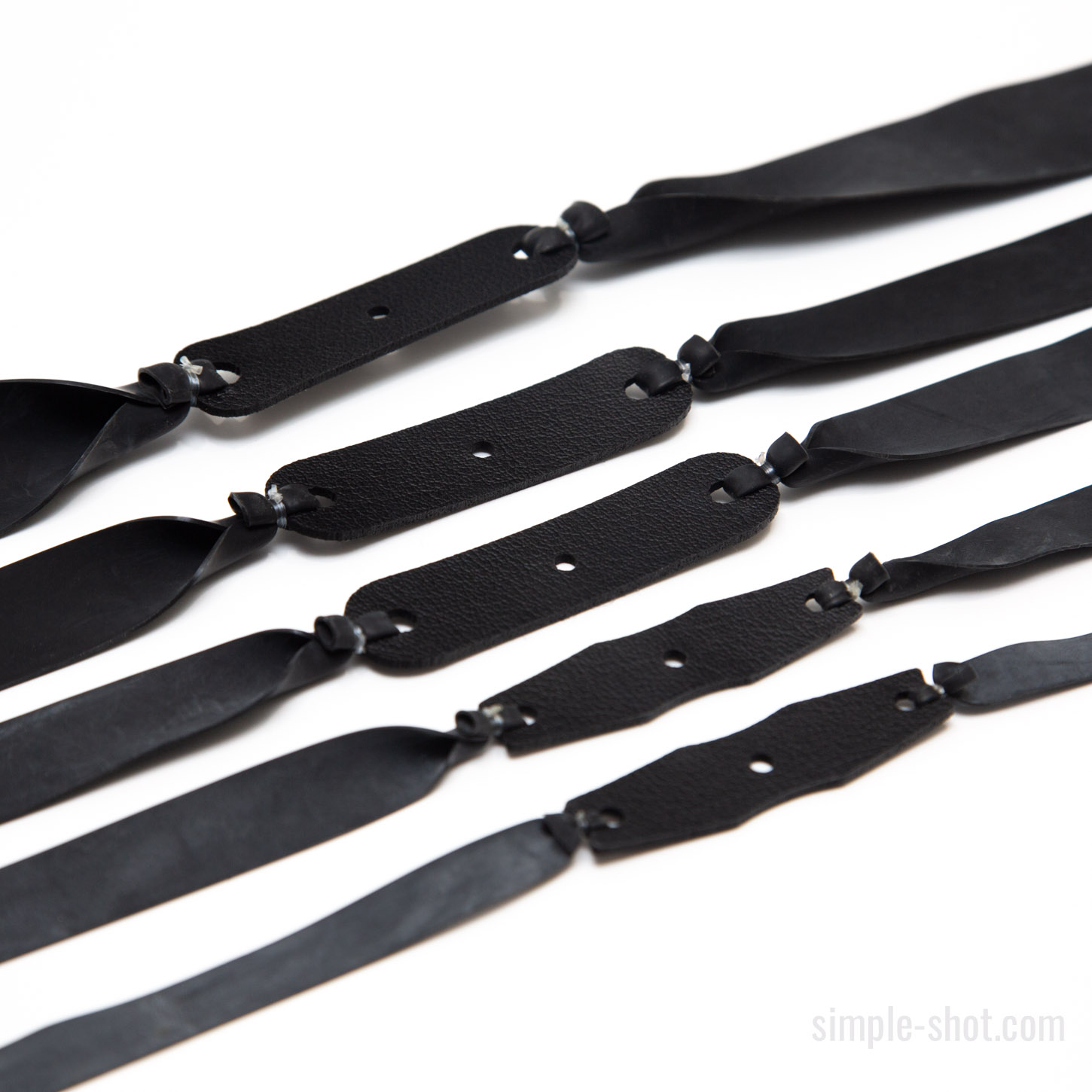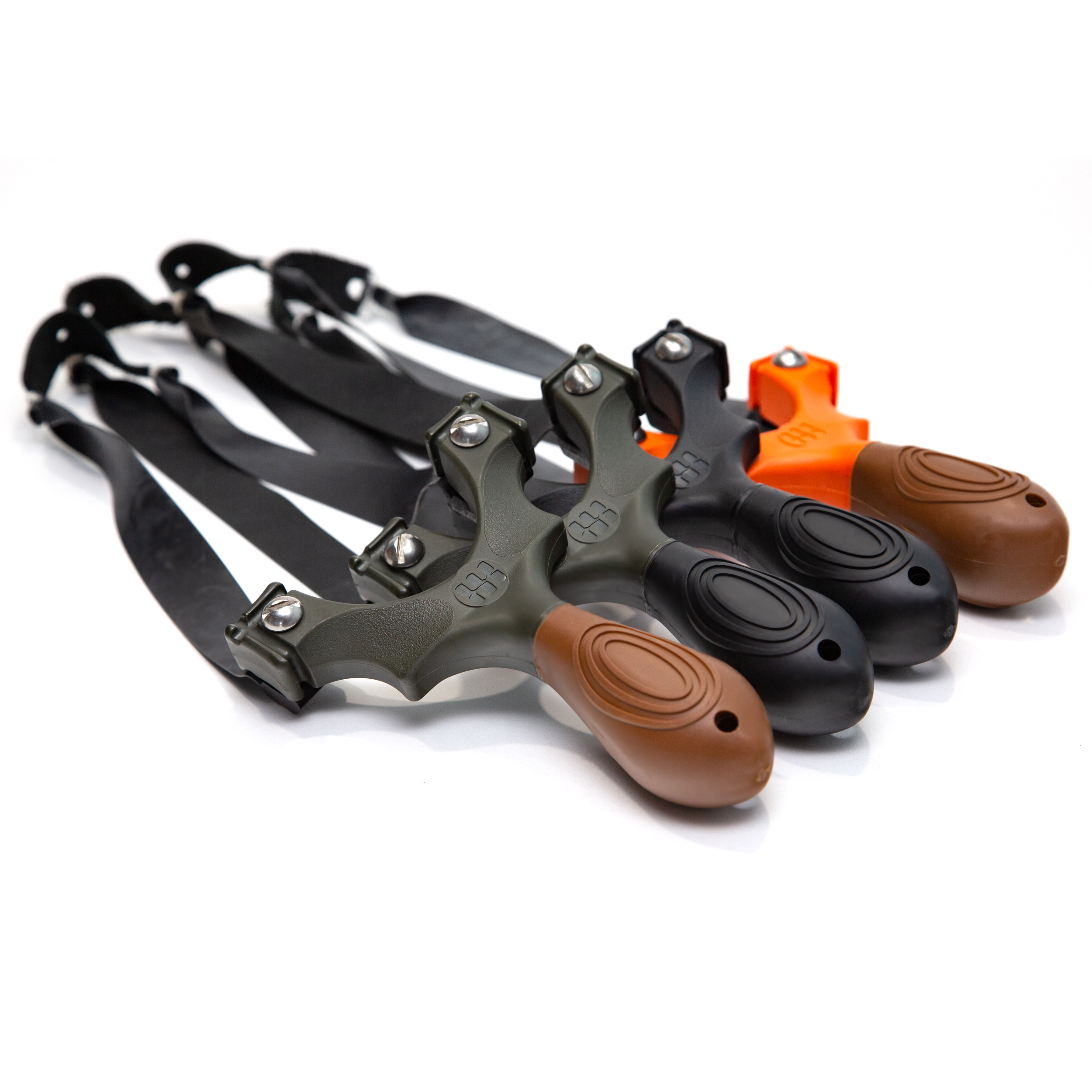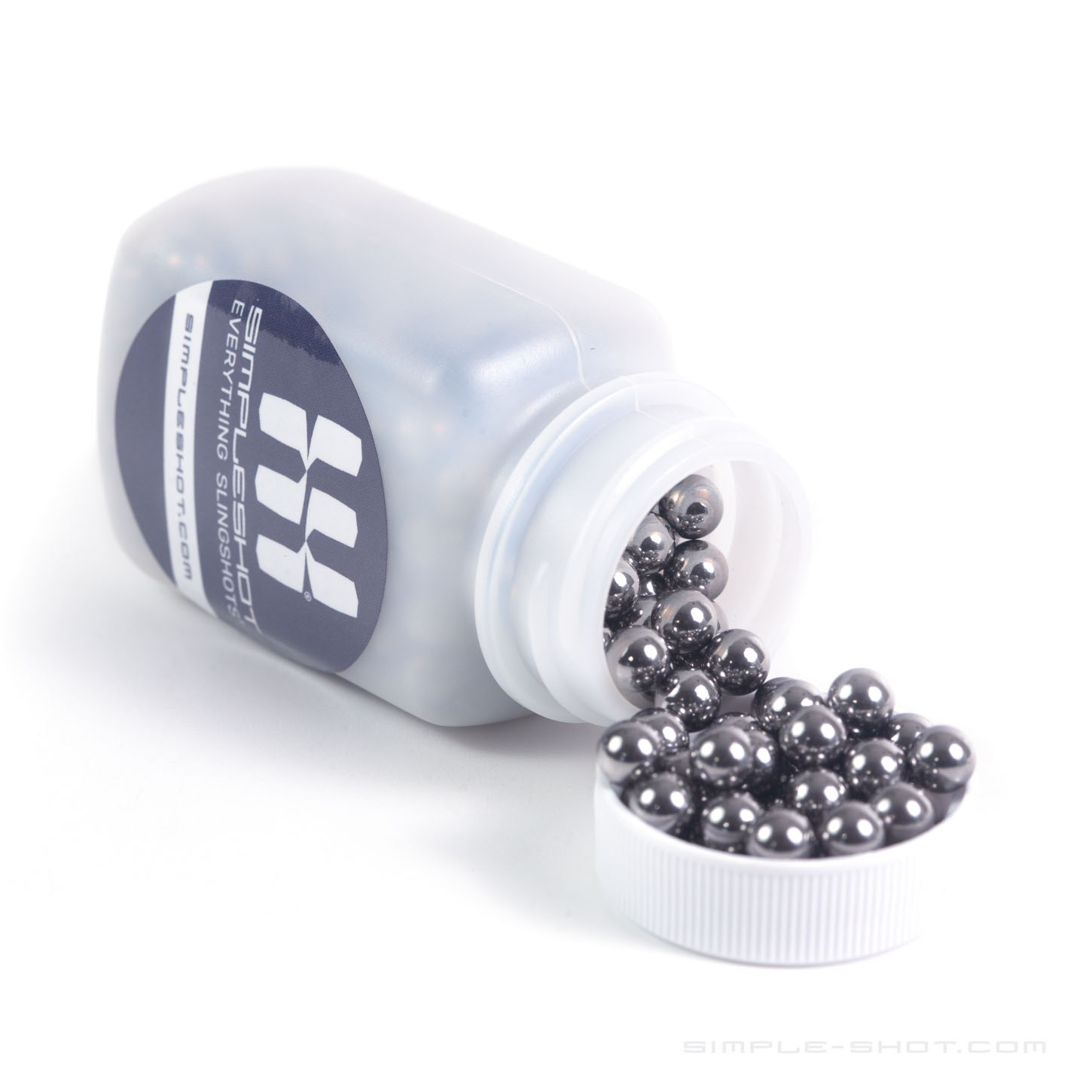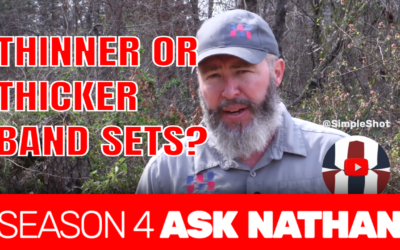Discover the intricacies of slingshot accuracy in our latest Ask SimpleShot episode!
Carsten, a slingshot enthusiast from Wilmington, North Carolina, recently posed an intriguing question about the fluctuations in slingshot accuracy at varying distances and elevations. Carsten, a novice to the world of slingshots, noticed significant discrepancies in his accuracy when altering distances and target elevations and sought advice on making siding adjustments to improve his skill level.
Carsten shared his observation about how his accuracy plummets between different distances, citing that while he can hit targets effectively at 10 yards, he struggles significantly at six yards. Moreover, Carsten noticed differences in his accuracy when aiming at ground targets compared to elevated targets, like those positioned in a tree.
Consistency and Form:
To address Carsten’s concerns, the primary emphasis is placed on maintaining consistent form during shooting. When engaging in slingshot sports, seeing the projectile in flight offers a layer of feedback that is usually unavailable in other shooting sports, like firearms. This visibility allows the shooter to predict the projectile’s trajectory, providing an insightful element to improve accuracy.
The key to achieving consistent accuracy is ensuring the steadiness in form and shooting technique. Establishing a consistent anchor point— the specific spot on your face where you draw back the slingshot— is crucial. Shifting the anchor point, especially to adjust elevation, can disrupt the steadiness of the shot, leading to inconsistency in hitting the target.
Adjusting Reference Points:
Rather than altering the anchor point, slingshot shooters are advised to modify their reference point on the tip of the slingshot. Using the tip of the slingshot as the reference point and maintaining a consistent anchor point can substantially enhance the accuracy of the shots.
It is essential to observe and analyze the landing points of the shots at varying distances and elevations meticulously. Paying close attention to where the shots land—whether they are shorter, longer, at a lower elevation, or higher elevation—will help in adjusting the reference point on the fork of the slingshot or the site effectively.
Practice and Observation:
Carsten’s experiences spotlight the importance of regular practice and keen observation in mastering slingshot accuracy. By shooting with a consistent anchor point and adjusting the reference point based on the landing of the shots, one can progressively improve accuracy at different distances and elevations.
For those experiencing similar challenges, it’s vital to keep practicing and noting the variations in the landing of the shots at different elevations and distances. Understanding these variations can guide adjustments to the reference points, ultimately leading to improved accuracy.
In conclusion, to master slingshot accuracy at varying distances and elevations, maintaining a consistent anchor point is pivotal. Adjust the reference point on the slingshot based on meticulous observations of the shot landings. Keep practicing, keep observing, and don’t hesitate to seek more advice if needed. Keep shooting, and let the passion for slingshots keep coming!
Slingshot Bands

Slingshot Frames

Slingshot Ammo

Is a wider thinner slingshot band as powerful as a thicker narrow slingshot band set?
Can I get the same power out of my slingshot band that is thinner latex as a thicker slingshot...
Is shooting a slingshot like shooting a bow in any way?
Are there any similarities between shooting a bow and shooting a slingshot? Oh yeah! There are a...
The future of slingshots: hi-tech or classic?
Where are we heading? Will the future slingshot be hi tech or simple and classic? Great question....



